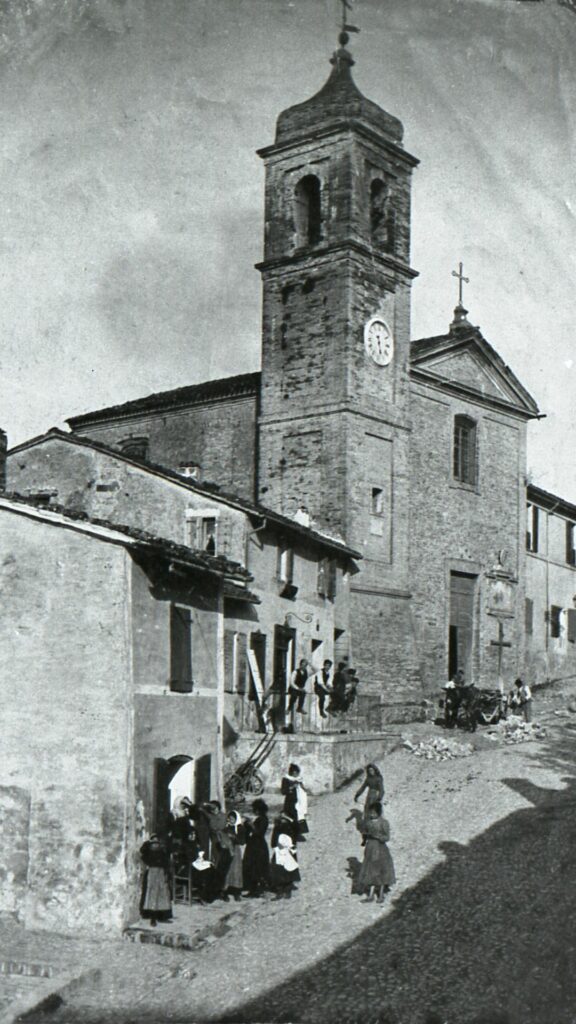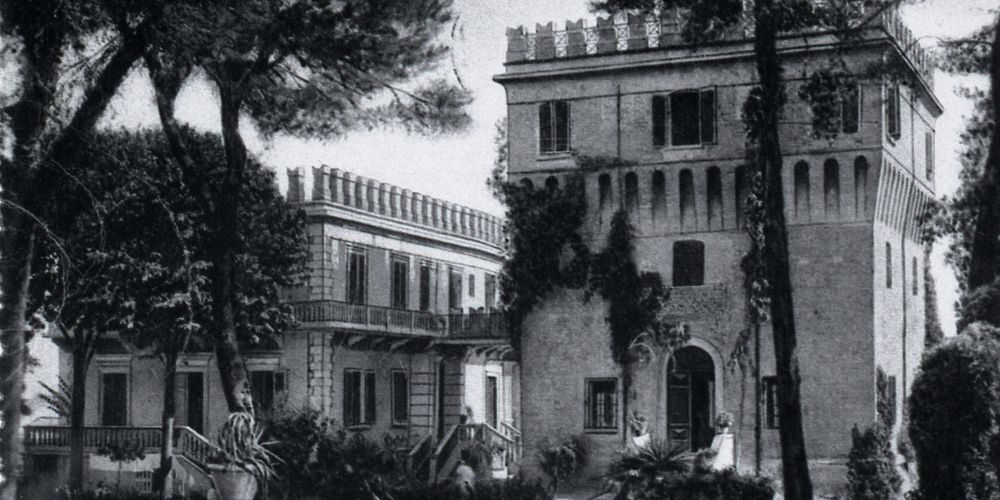Once upon a time, there was a Queen. Her kingdom overlooked the Adriatic Sea, which is why everyone knew her as The Queen of the Adriatic—but also as Cattolica.
In addition to her beauty, she was famous for her ancient history. But how was the city of Cattolica born?
Let’s listen to its story together, from its earliest origins to today!
The Bronze Age: the origins of the City
It is certain that Cattolica’s origins date back as far as the Bronze Age, when its inhabitants built a village near a watercourse, in an area located further inland than today’s coastline.
The discovery of this ancient settlement was made by chance with the finding of a Daunian Stele from the 7th–6th century BC. This artifact likely arrived here via one of the maritime trade routes used by the Daunians, an ancient population from Apulia.
This is clear evidence that Cattolica has always been a place of exchange and commerce.
The Roman Era: a tradition of hospitality
During the Roman era, the community moved closer to the sea and settled along the Via Flaminia, an ancient consular road active since 220 BC.
Cattolica was in a strategic position, serving as a natural connection between the inland regions, halfway between Ariminum (Rimini) and Pisaurum (Pesaro), and close to the Vallugola harbor.
Due to these characteristics, it was likely a Mansio, a kind of service station for travelers. Here, innkeepers, farmers, merchants, and artisans provided rest and refreshment to everyone traveling along the consular road—imperial officials, soldiers, and traders.
From this moment on, hospitality would become part of Cattolica’s identity.
At the end of the Roman era, the entire region fell into neglect and decline. The Conca River valley, where Cattolica stands, remained for centuries under Byzantine influence.
Year 1271: the official birth of Cattolica
The first document in which the name “Catholica” appears dates back to August 16, 1271. In this act, the inhabitants of the nearby castles of Fiorenzuola, Casteldimezzo, Gabicce, and Granarola agreed to build a fortified settlement called Cattolica, to defend themselves from frequent attacks by their Pesaro neighbors.
This document is considered the official birth certificate of the Queen.
The new Castrum (Roman Fort) consisted of buildings along the Via Flaminia, surrounded by a moat, and located on a natural terrace. It was built next to a stream, now buried, called Rivus Catholice. The Queen took her name from this very watercourse.

1490: the construction of the Malatesta Fortress
As Cattolica grew, it became an important hospitality center, just as it had been in Roman times. The town was full of life, activity, taverns, and rest stops.
Around 1490, the Malatesta family, rulers of Rimini, commissioned the construction of the Rocca (Fortress).
This was necessary to provide the community with a safe refuge in case of pirate attacks.
The 18th Century: the start of maritime activities
Attracted by the thriving economy, many people from neighboring areas migrated to Cattolica, leading to its expansion.
After years of fearing the sea, things finally changed in the mid-18th century. The threat of Turkish raids decreased, allowing the fishing industry to develop alongside the hospitality sector.
The town, with its natural gulf, fine sand, and special climate, was protected from cold currents by the hills behind. This made it even more attractive, and more and more people chose Cattolica as a summer holiday destination.
The 19th & 20th Centuries: the rise of tourism
In the second half of the 19th century, the ancient town on the hills was connected to the sea by the “Strada dei Bagni” (Bath Road).
This marked the beginning of a transformation—summer villas started to appear along the coast, and the town’s appearance changed.
Later, in the early 20th century, part of the area near the sea, particularly around the Ventena River, was designated for the Marine Colonies.
One of the most architecturally significant colonies still remains today: the Colonia Marina “XXVIII Ottobre”, originally built for the children of Italians living abroad. Today, it is home to the Cattolica Aquarium.
Cattolica Today: the queen of hospitality
Since then, Cattolica has never abandoned its vocation for hospitality.
Most villas have been replaced by hotels, and today, Cattolica—the Queen of the Adriatic—is one of the most sought-after tourist destinations.
A long history has shaped its unique beauty. We’ve heard a fascinating story but would you like to experience it for yourself?
Visit the Museo della Regina and step into the rich history of this fascinating destination!

